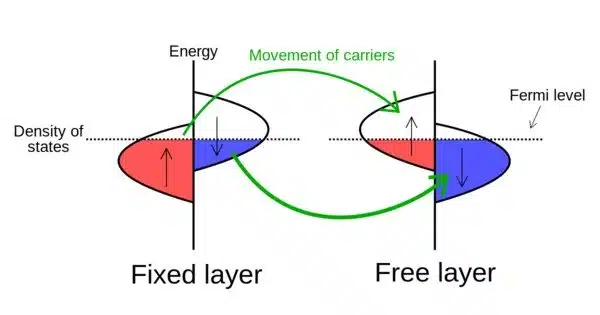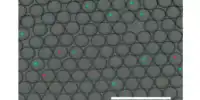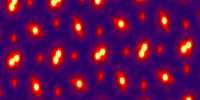Spin-transfer torque (STT) is the ability of a spin-polarized current to change the orientation of a magnetic layer in a magnetic tunnel junction or spin valve. It is a phenomenon in spintronics, which is the study and application of electrons’ intrinsic spin in electronic devices. The transfer of angular momentum (spin) between two magnetic layers separated by a thin non-magnetic spacer layer is referred to as spin transfer.
Charge carriers (such as electrons) have a property known as spin, which is a small amount of angular momentum that the carrier possesses. An unpolarized electric current is one that contains 50% spin-up and 50% spin-down electrons; a spin polarized current contains more electrons of either spin.
There are typically two magnetic layers in a spin-transfer torque device: a fixed layer and a free layer. The magnetization direction of the fixed layer is fixed, whereas the magnetization direction of the free layer can be manipulated. The two magnetic layers are separated by a non-magnetic spacer layer, which is typically made of a thin insulating material.
The spin angular momentum of the electrons interacts with the magnetization of the free layer when a current of spin-polarized electrons flows through the device. A transfer of spin angular momentum occurs as a result of this interaction, resulting in a torque being exerted on the free layer. This torque can cause the magnetization of the free layer to change direction, resulting in changes in the electrical resistance or other properties of the device.
A spin-polarized current can be produced by passing a current through a thick magnetic layer (commonly referred to as the “fixed layer”). The angular momentum can be transferred to a second, thinner magnetic layer (the “free layer”) if this spin-polarized current is directed into it. This can be used to excite oscillations or even flip the magnet’s orientation. The effects are typically only visible in nanometer-scale devices.
The underlying physics of spin-transfer torque is based on angular momentum conservation. The transfer of spin angular momentum from spin-polarized electrons to the magnetic layer causes a shift in the free layer’s magnetization direction. The magnitude and direction of the torque are affected by a number of factors, including current density, the relative orientation of the magnetizations in the two layers, and the spacer layer’s properties.
Spin-transfer torque is useful in spintronic devices like magnetic random access memory (MRAM) and magnetic sensors. MRAM, for example, stores and retrieves data by changing the magnetization direction of the free layer. Spin-transfer torque provides a means of writing information in MRAM cells by applying an appropriate current pulse.
In recent years, spin-transfer torque has been extensively studied, and researchers continue to explore its potential in advancing various aspects of spintronics and developing novel devices with improved performance and energy efficiency.














